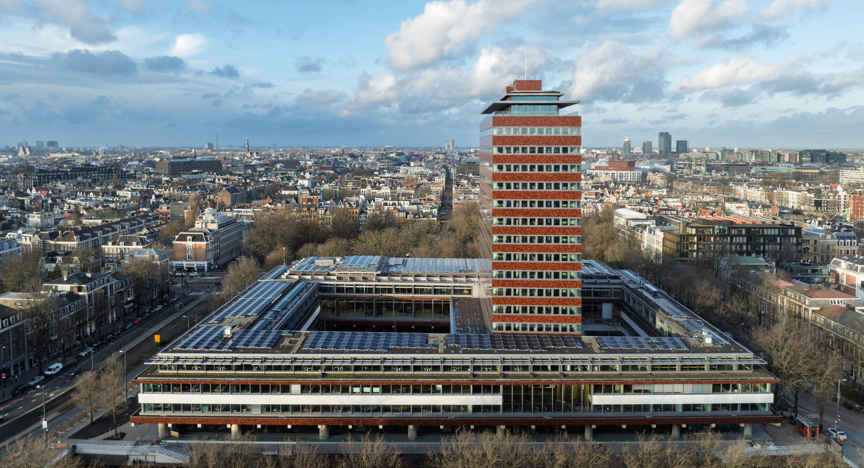The countercyclical capital buffer (CCyB) is intended to increase banks’ resilience when cyclical risks build up and to release the buffer once risks materialize. This helps limit the impact of a crisis on the real economy. As also outlined in the framework, DNB aims for a CCyB of 2% in a standard risk environment. This refers to an environment in which cyclical systemic risks are neither particularly high nor particularly low. As part of its assessment of cyclical risks, DNB uses indicators with strong predictive power for the financial-economic cycle in the Netherlands (see dashboard in Figure 1). This assessment is not mechanical and is made through guided discretion, where developments in the dashboard are supplemented with additional insights or analysis where relevant.
Risk assessment
Our analysis shows that cyclical systemic risks in the Netherlands are currently neither particularly high nor low. Most indicators in the dashboard (see Figure 1 at the bottom of this release) are currently around typical levels from a historic perspective (i.e. between the 25th and 75th percentile), which is consistent with a standard risk environment. An exception are the indicators related to credit developments, which remain low from a historical perspective. Some other indicators, such as those related to risk appetite, are instead at relatively high levels. Furthermore, the Dutch banking sector remains robust, and we see no signs that cyclical systemic risks are currently materializing.
DNB therefore concludes that the current cyclical risk landscape remains consistent with a standard risk environment, in line with the current level of the CCyB of 2%. This level is higher than the level in the buffer guide based solely on the credit-to-GDP-gap, which is 0%. However, as also explained in the framework, DNB bases its decision on a broader analysis than only the credit-to-GDP gap. Based on the available information, DNB does not expect significant changes in the risk outlook in the short term that would justify a change in the CCyB. DNB will reassess the cyclical risk outlook and the level of the CCyB in December 2025.
Closer look at individual indicators
The macro-economic environment remains consistent with a standard risk environment. Economic growth in the Netherlands is positive and the unemployment rate is low, although looking ahead growth will likely be tempered somewhat due to high uncertainty and geopolitical tensions (see Spring Projections). Furthermore, credit growth in the Netherlands remains moderate from a historical perspective, which points to lower cyclical systemic risks. This can be seen in the negative Basel credit-to-GDP gap and household credit growth. Although nominal bank credit growth in the Netherlands has recently increased (both to households and firms), this is from a relatively low starting point.
Developments in asset prices also remain consistent with a typical cyclical risk outlook. Real house and stock prices continue to rise at a robust pace (12.2% and 13.6% respectively), with growth rates around or above historical averages. Indicators related to valuations and risk appetite in housing and financial markets also remain high, despite increased economic and geopolitical uncertainty. Persistently elevated risk appetite could indicate a further buildup of cyclical systemic risks.
Finally, the Dutch banking sector continues to maintain robust (capital) buffers that can also help withstand the current economic uncertainty (as also shown in the recent EBA stress test and the OFS). Solid profitability also helps to support the resilience of Dutch banks, while credit losses remain limited up until now.
Figure 1 – CCyB dashboard 2025Q3





